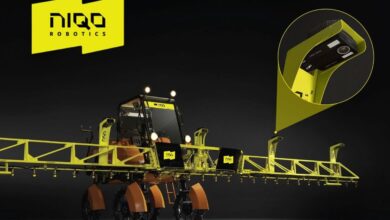In-Body Soft Robots Revolutionize Robotic Medicine

This post is also available in:
 עברית (Hebrew)
עברית (Hebrew)
Researchers from the University of North Carolina used artificial muscles and electronic skins to create advanced soft robots that are incredibly effective and safe inside of the human body. These soft robots can perform a variety of well-controlled movements, including bending, expanding, and twisting inside biological environments, as was explained by the first author of the paper, Lin Zhang.
Using bio-inspired soft robots as in-body implants promises major advancements in medical technology, especially for surgery, diagnosis, drug delivery, prosthetics, artificial organs, and rehabilitation tools. These robotic implants are designed to change shape and function like biological tissues, match the softness of tissues, provide therapeutic treatments, and offer real-time monitoring.
According to Interesting Engineering, the researchers’ designs were inspired by nature. The soft robots have two key layers – an electronic skin (e-skin) made from functional nanocomposites and an artificial muscle using PNIPAM hydrogel, which can detect touch, pressure, temperature, and chemicals while contracting and relaxing when needed. The robots can bend, expand, twist, move, sense, and communicate wirelessly, allowing minimally invasive operations inside the body.
Researchers claim the robots’ ability to gently attach themselves to tissues makes them less likely to cause stress and harm. They can also modify their architecture to execute various functions effectively, similar to organic forms like seedpods and starfish.
The team’s designs include a blood vessel cuff for flow measurement, an ingestible robot for stomach monitoring, and a heart-grasping robot for epicardial sensing and stimulation. All of these devices can continuously monitor internal conditions, be swallowed to monitor and treat conditions in the stomach, change shape to fit organs for better sensing and treatment, and provide treatments like electrical stimulation based on real-time data.
Zhang shared in a press statement that tests on mice have demonstrated the thera-gripper’s capability to perform its functions effectively, showcasing its potential as a next-generation cardiac implant,” adding that positive results open the scope of medical devices and highlight future potential in the synergy between soft implantable robots and biological tissues.



